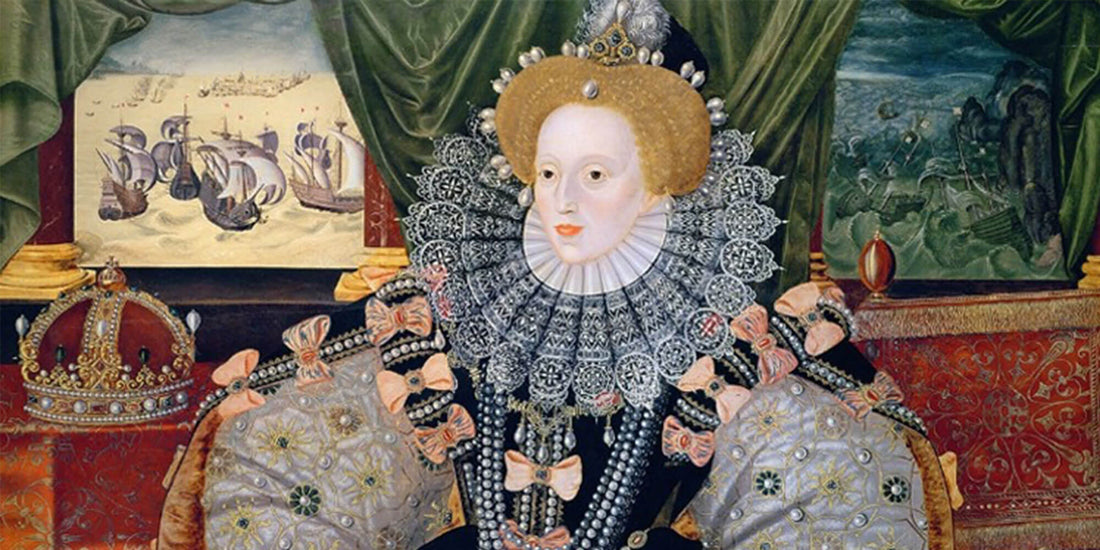
Pearls are the oldest known gemstone and so the history behind the discovery, use and cultivation of this revered gem is rich and extensive. Entire books have been dedicated to the subject (Pearls by Beatriz Chadour-Sampson is particularly good), but for a brief overview, we’ve put together this (very) abridged version! As far back as 2300BC, it was indicated in Chinese records that pearls were the prized possessions of royalty. There have been countless references to the pearl in religions and mythology of cultures from early times. Pearls were considered the ultimate symbol of social standing and wealth in ancient Rome while the ancient Egyptians prized pearls so much they were buried with them. We love the story of Cleopatra and her little wager with Mark Antony. She supposedly dissolved a single pearl in a glass of wine and drank it, simply to win the wager that she could consume the wealth of an entire nation in just one meal.

areas of the Arabian Gulf and Red Sea, and the waters around the Gulf of Mannar, by ship to China. Numerous shipwrecks discovered along the route have contained caches of pearls. During the European expansion into the New World, the discovery of pearls in Central American waters added to the wealth of Europe. However, it was down to the lust and greed for these sea-grown gems which resulted in the depletion of almost all the American pearl oysters by the 17th century. Some countries even passed laws forbidding all but nobility and royalty to wear pearls. It was not until the early 1900s, that the rich and famous were able to access natural pearls.

It was also during the 1900s that Kokichi Mikimoto, son of a Japanese noodle maker, started a revolution in pearl production with the development of techniques for forming cultured pearls. The era of cultured pearls began, through introducing an ‘irritant’ into the oyster to stimulate the secretion of nacre which forms the pearl; however it would take decades before the original techniques were perfected. Cultured pearls share the same properties as natural pearls as they are formed in almost identical fashion, the only difference is that the irritant is carefully implanted in the oyster or mussel rather than leaving it to chance. Read our ‘Story of Cultured Pearls’ for more details on this. Mikimoto’s discovery had a huge effect on the pearl industry. Once exclusive to royalty and aristocracy, this magical gemstone became accessible to all. Pearl farmers are now able to cultivate thousands of pearls, rather than pearl divers risking their lives to hunt.

Images: The Armada Portrait of Queen Elizabeth I shows the queen adorned with pearls as a symbol of wealth and power; a 1596 drawing by Johannes Stradanus of pearl fishermen in the Persian Gulf; Kokichi Mikimoto, the inventor of cultured pearls; iconic figures from the 20th century wearing pearls (clockwise: Coco Chanel, Audrey Hepburn, Marilyn Monroe, Jacqueline Kennedy, Elizabeth Taylor)
Pearls remained at the forefront of jewellery fashion throughout the 20th century, favoured by popular actresses and public figures of their day, most famously Coco Chanel, Jacqueline Kennedy, Audrey Hepburn and Elizabeth Taylor. However, with the rise in availability and popularity of costume jewellery, replica pearl jewellery became widespread – and that’s where we come in. We believe that nothing can compare with the lustre and feel of real pearls. Using freshwater cultured pearls, chosen for their lustre, shape and colour, we celebrate the beauty and history of this much loved gemstone by creating modern pearl jewellery for everyday luxury.
